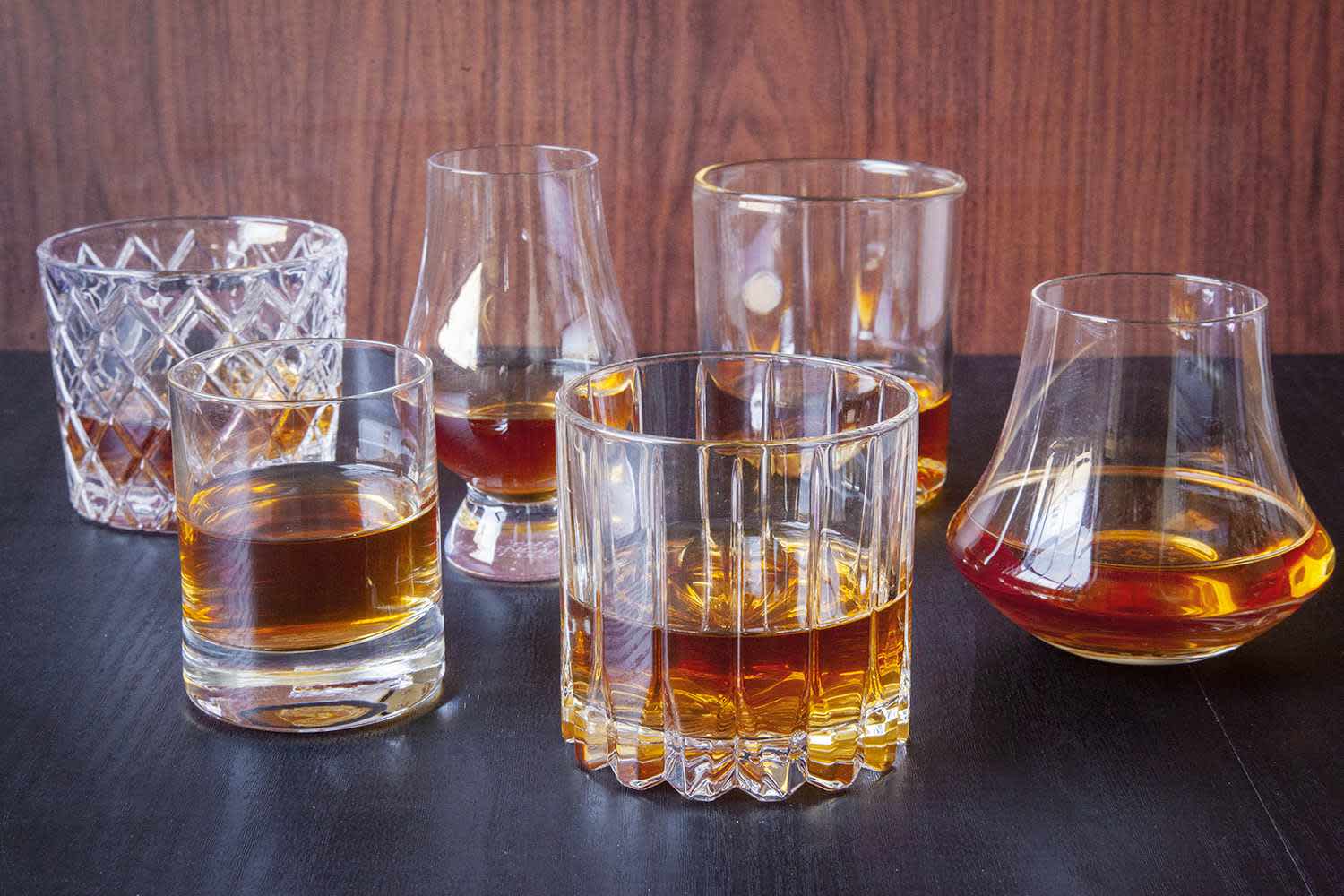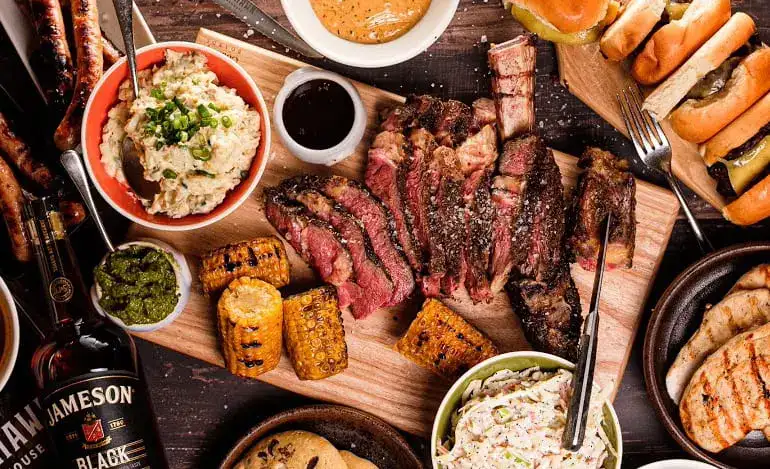What Your Bartender Never Told You About Sparkling Wine
Sparkling wine is one of the world's most celebrated alcoholic beverages, little wonder it is the drink people turn to at times of celebration.
People reach for a bottle of bubbly whether it is a birthday, New Year and Christmas holidays, Wedding ceremonies, romantic dates, or any other reason to pop a bottle.
Sparkling wines may satisfy our memorable moments, but there is a lot to commit to memory about them.
Brief History of Sparkling Wines
First thought to be a mistake in winemaking, sparkling wine has been part of history since the classical Greek and Roman empires. Superstitions surrounding the bubbles included suspicions of evil spirits and the phase of the moon.
It is recorded that many winemakers were employed to find ways of removing the bubbles from the wine. Often, due to intense pressure from the cork, the bottle would burst to create a fountain flow of bursting bubbles. Winemakers had to wear helmets to protect their faces from the bursting bottles as they were yet to master the pressure behind the cork. This led to sparkling wine being called "The Devil's Wine" back then.
It was not until the 18th century that sparkling wines finally gained their right as a type of wine and production of the wine began on intent.
What creates the sparkle?
The sparkling characteristics of these wines come from the carbon dioxide trapped inside the bottle during the fermentation of the juice. The carbon dioxide builds up in pressure in the bottle, which forms streams of bubbles.
The wine is made mostly through the traditional or classic French way called Méthode Champenoise. It involves a process whereby the winemaker creates a base wine (cuvee) and adds a bit of sugar and yeast, initiating a second fermentation in the sealed bottle. It is during this process that the carbon dioxide is trapped, releasing the beautiful sparkling bubbles that fill our palates.
The other method of making sparkling wine is the Charmat Method. This method involves storing the whole batch of wine in a large tank that is designed to withstand certain pressure.
For some cheap sparkling wines, the makers may choose to inject carbon dioxide directly into the wine. While there is nothing wrong with this, we humbly advise you to stay away from cheap wine. Be classy!
The sparkles are usually released when the recently released gas (resulting from popping the bottle) come in contact with the dry glass. Wine journalists and blogs often theorize that over 15 million bubbles are fizzing in a glass of sparkling wine. That is enough sparkle to make you glow.
What grapes are used?
Sparkling wine can be made with any grape. However, many winemakers choose to use grapes from the Champagne region: Chardonnay, Pinot Noir, and Pinot Meunier. For Prosecco and Cava, grapes that are indigenous to their respective countries are being used. Glera grapes are mostly used for Prosecco, while Cava is a blend of Xarel-Lo, Macabeo, and Parellada grapes.
How sweet is your Sparkling Wine?
Sparkling wines are categorized according to their levels of sweetness, and the keywords are usually specified on the bottle of each wine. The sweetness varies according to the amount of sugar added during the second fermentation and the number of years the wine has been aged.
Wines produced outside the European Union (EU) may not specify the sweetness level on the bottle, but it is mandatory for wines produced in EU countries.
In identifying how sweet your bottle of wine is, here is what to look out for in descending order from super dry to excellently sweet:
- Brut Natural or Brut Zero - Has no sugar added or less than 3 grams of sugar per litre.
- Extra Brut - Very dry. Less than 6 grams of sugar per litre.
- Brut - Dry. Less than 12 grams of sugar per litre.
- Extra Dry or Extra Sec - Dry wine, but has 12–17 grams of sugar.
- Sec - Slightly sweet. Up to 17–32 grams of sugar in it.
- Demi-Sec - Sweet, with 32–50 grams of sugar.
- Doux - Very sweet. Has 50 or more grams of sugar in it.
Types of Sparkling Wine
Sparkling wine is known by many names, usually derived from the country or region from which the wine is made. From France's Champagne, Italy's Prosecco, Spain's Cava, to Germany's Sekt, here are the essential names of sparkling wines.
Champagne
If you are an avid reader of wine articles, then you already know this, or have come across the saying "champagne is sparkling wine, but not all sparkling wine is champagne." So there is no surprise here.
Champagne is the granddaddy of all sparkling wines; it is the real deal. While many other sparkling winemakers have adopted the production method of champagne, they cannot be called champagne as only wine from the Champagne region of France qualifies to be called champagne.
The main grapes used for Champagne are Chardonnay, Pinot Noir, and Pinot Munier, and it is made in the ‘Traditional method’ meaning the second fermentation in the bottle. The limestone–chalk soil produces grapes that have a certain balance of acidity, extract, and richness that is difficult to replicate in other parts of the world. All three grapes are blended in the winemaking process, which is a hallmark of Champagne wine. Chardonnay is used for its finesse and aging ability. Pinot noir gives a nice body and fruit while Pinot Meunier adds to the aroma, adding fruit and floral notes.
Some of the most popular champagnes include Dom Perignon, Moet & Chandon, Armand de Brignac (Ace of Spades), Laurent Perrier, Veuve Clicquot among others.
French Crémant
Originally known as creamy sparkling wine because the lesser carbon dioxide used in its productions made the wine taste creamy rather than fizzy. However, it is still made following the same method as champagnes, only that they come from outside the Champagne region.
Crémant is made in eight different appellations throughout Franceand are called by the designation Crémant. They are as follows:
- Crémant d'Alsace
- Crémant de Bordeaux
- Crémant de Bourgogne
- Crémant de Die
- Crémant du Jura
- Crémant de Limoux
- Crémant de Loire
- Crémant de Savoie
Although regional rules can vary, all Crémant wines adhere to certain requirements like manual harvesting of grapes, whole bunch pressing with limited must extraction (100 litres of juice from 150 kg grapes), and at least nine months lees aging.
Anne de K Cremant Brut Blanc de Bl is a good example of a French Crémant.
Crémant de Luxembourg
Luxembourg is the only other country outside of France where Crémant is produced and the term “Crémant” can be legally used. Cremant production came to be in Luxembourg when in 1885, the French company Champagne Mercier began to produce champagne in Luxembourg to save on taxes.
Made from grapes grown in the Moselle district under the Moselle Luxembourgeoise Appellation, it has common varietals used in production which include Riesling, Pinot Blanc, Rivaner (Müller Thurgau), Elbling, Auxerrois, Pinot Noir (for rosé), and Chardonnay.
An example of a Crémant de Luxembourg is Cuvée de L'Ecusson - Bernard-Massard.
Prosecco
While there are other categories of sparkling wine in Italy, Prosecco is the national sparkling wine of Italy. Prosecco is a light, frothy, airy, and clean sparkling wine made from grapes by the same name in the hills toward the city of Venice.
Other wines made in Italy include Franciacorta from Lombardy, Asti from Piedmont, and Lambrusco from Emilia. Franciacorta is made using the traditional method, while other Italian sparkling wines, in particular Asti and Prosecco, are made with the Charmat method.
Prosecco wines are made either as a spumante (fully sparkling) or as a frizzante (lightly sparkling). They are produced to be generally dry but sweeter examples are produced. An example of a good prosecco is the Martini Prosecco.
Cava
If Prosecco is the national sparkling wine of Italy, so is Cava for Spain. Cava is the name given to wine produced mainly in the Penedès region in Catalonia, southwest of Barcelona. Other regions in Spain where the wine is produced are Valencia, La Rioja, Aragon, and Extremadura. It was created in 1872 by Josep Raventós
Produced in the same traditional method as champagne, as stipulated by law, various grapes can be used in making Cava wine. The wine got its name from the Latin word 'cava', which means 'cave'. Caves were originally used in aging the wines. It typically has hints of green apple and lime, with earthy notes.
Rondel Brut Cava is a typical Sparkling wine from Spain.
Sekt
Germany consumes the most sparkling wine per capita in the world, and their official bubbly goodness is Sekt. The annual per capita consumption of about five liters is the highest in the world
German production of sparkling wines dates back to 1826, when G. C. Kessler & Co. was founded in Esslingen am Neckar by Georg Christian Kessler (1787–1842), who had previously worked at the Champagne house Veuve Clicquot from 1807 to 1826.
Over 95% of the set produced is done using the Charmat method. Deutscher Sekt is made only from German grapes, and Sekt b.A. (bestimmter Anbaugebiete) is only from grapes from one of the 13 quality wine regions in Germany. Some of the major grapes used include Riesling, Pinot blanc, Pinot Gris, and Pinot noir.
Black Tower is a good example of a German sekt.
California Sparkling Wine
Sparkling wine has been in production in America for a very long time, with California being a major region on the continent. Most California sparkling winemakers stick to Champagne’s classic trio of Chardonnay, Pinot Noir, and Pinot Meunier and come in a richer, riper style, though, thanks to the state’s balmy climate. Cuvees are typically derived from around 20 wines taken from 1 to 2 years worth of vintages.
Andre Brut, Andre Rose, Andre Pink Moscato, Andre Ruby Red, and Andre Moscato Spumante are some of the most famous sparkling wines from California.
South Africa's MCC
Methode Cap Classique or MCC is a sparkling wine made by the traditional Champagne method in South Africa. Sauvignon blanc and Chenin blanc are the most used MCC grapes, but Chardonnay and Pinot noir has been increasingly used recently.
The wines are made in the Mzanzi region and are very fruity due to the high temperatures of the land. Labels will either show the cultivar or the stylistic name, like Blanc de Blanc (made purely from white grapes), Blanc de Noir (from dark grapes), or Rosé (a blend).
Pongrácz Brut MCC is a typical South African sparkling wine.
Other sparkling wines
We also have sparkling wines made in other countries and regions of the world. Australia, Chile, and Canada join America and South Africa among the New World sparkling wine regions. Russia's Sovetskoye Shampanskoye, Hungary's ’Pezsgő’, Portugal's Espumante (Mateus Sparkling Brut), and English Sparkling wine are popular as Old World wines.


